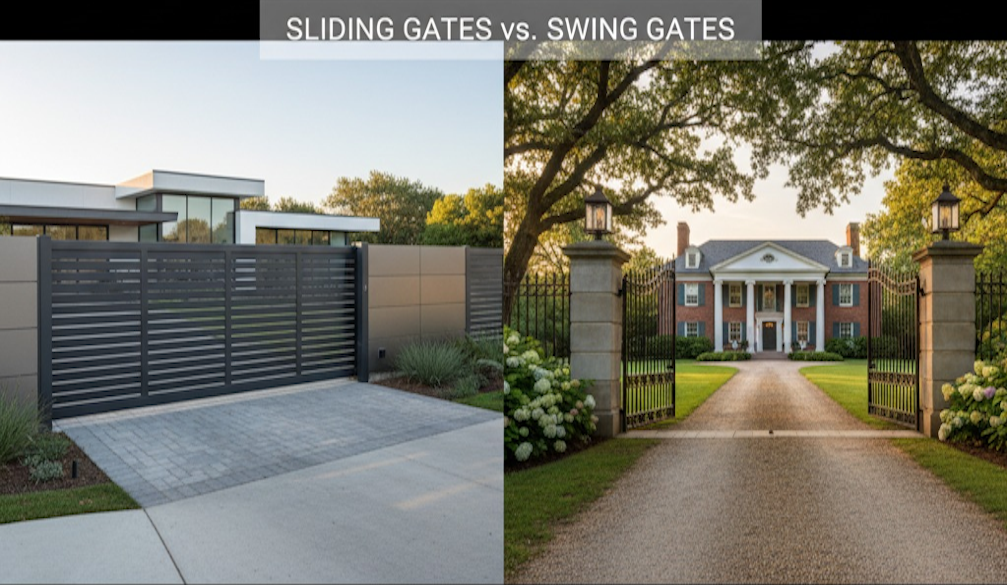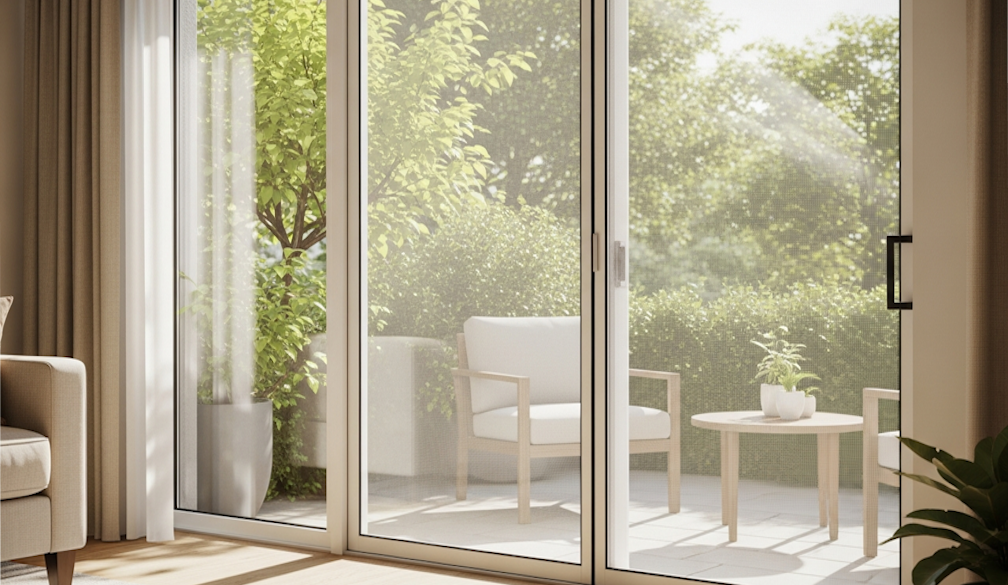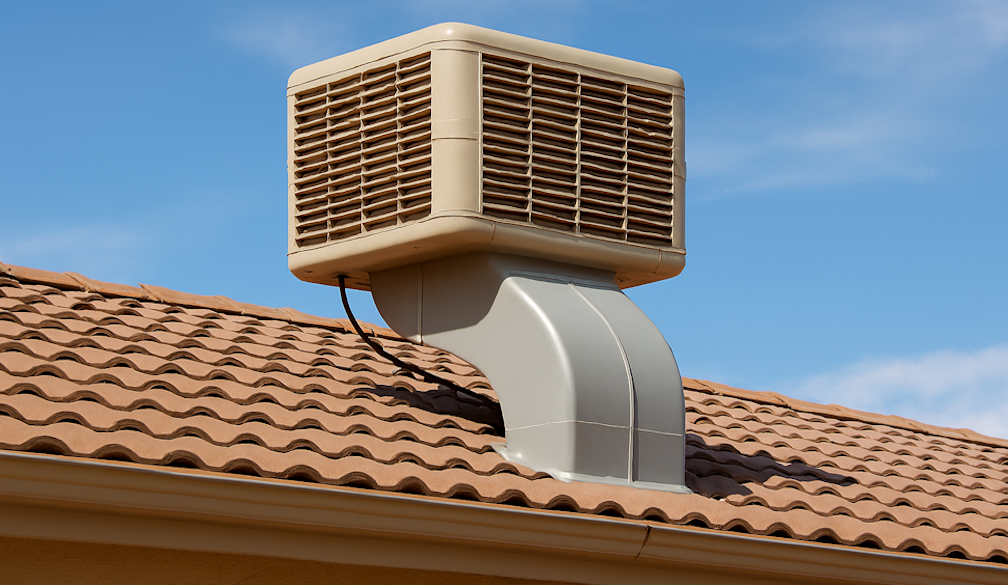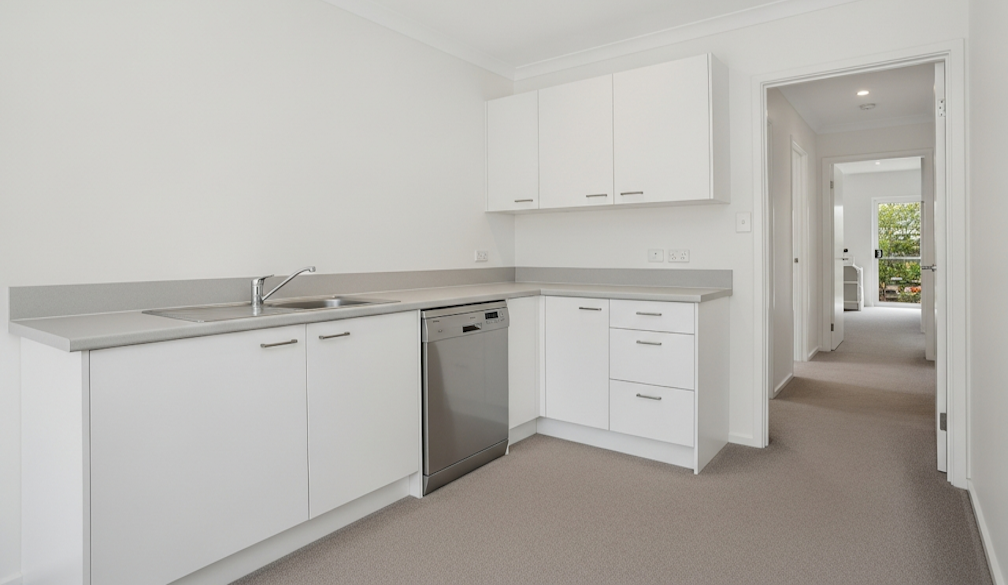Sliding vs. Swing Gates: Pros and Cons for Residential Use

When it comes to enhancing both the security and visual appeal of your home, choosing the right gate design can make all the difference. Among the most popular options are sliding and swing gates, each offering distinct benefits and considerations depending on your property layout and lifestyle. If you are weighing up a sliding swinging gate design for your home, understanding the pros and cons of each style will help you make the best decision.
The Case for Sliding Gates
Sliding gates are an excellent choice for many residential properties, especially where space and practicality are key considerations.
Pros of Sliding Gates
- Space-efficient: Sliding gates move horizontally along a track, making them ideal for properties with limited driveway depth or where the driveway slopes upwards.
- Secure: Because they are harder to force open, sliding gates are often preferred for high-security residential applications.
- Convenient automation: Sliding systems are highly compatible with gate automation, making them a user-friendly option for modern households.
- Great for busy driveways: If your property sits on a main road, sliding gates open quickly and neatly, allowing fast entry and exit.
Cons of Sliding Gates
- Track maintenance: The ground track must remain free of dirt, leaves, and stones, which may require regular cleaning.
- Installation cost: Sliding gates can be more expensive to install due to the track and motor system.
- Space along the fence line: You’ll need enough lateral space for the gate to slide open fully, which may not suit narrow blocks.
The Case for Swing Gates
Swing gates offer a timeless and traditional look, making them popular for homeowners seeking a more classic style.
Pros of Swing Gates
- Aesthetic appeal: Swing gates provide a grand, elegant entrance that enhances street appeal.
- Simpler installation: Without the need for tracks or complex mechanisms, swing gates are generally simpler and more affordable to install.
- Low maintenance: They require less upkeep compared to sliding gates, as there are fewer moving parts.
- Variety of designs: Swing gates can be single or double-leaf, giving you flexibility in both style and function.
Cons of Swing Gates
- Space requirements: Swing gates need sufficient clearance to open inwards or outwards, which can be a limitation for shorter or sloped driveways.
- Wind exposure: Larger swing gates can be more vulnerable to wind, putting extra strain on the hinges and motor if automated.
- Slower operation: Swing gates often take longer to open and close than sliding models, which may not be as convenient for busy households.
Which Gate is Right for You?
The choice between sliding and swing gates comes down to your property layout, budget, and the aesthetic you wish to achieve. Sliding gates are practical, modern, and space-efficient, while swing gates offer timeless elegance and simplicity. If you are considering an upgrade, speaking with a professional installer can help ensure your chosen design not only suits your driveway but also complements the overall style of your home.




